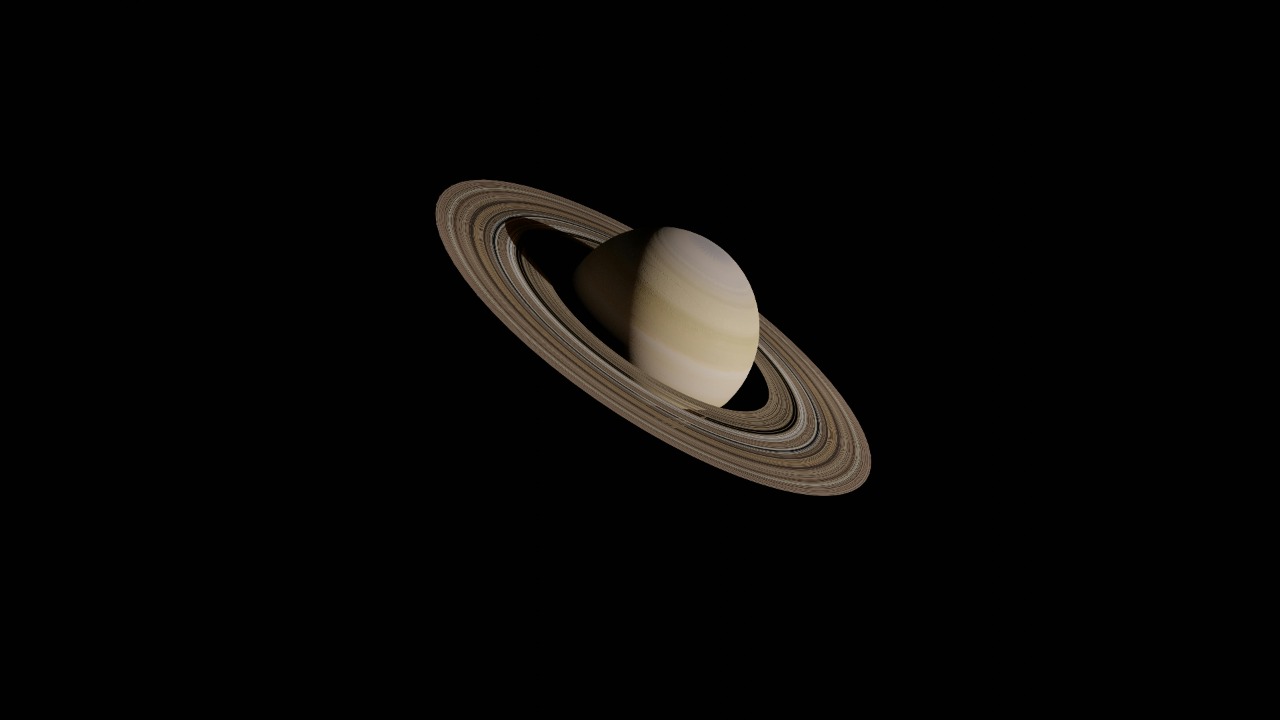
Saturn’s iconic rings, a defining feature of the planet, could be disappearing at a faster rate than previously thought. New research indicates that the rings are eroding due to a phenomenon known as “ring rain,” which is depleting them at an alarming pace. The latest findings shed light on what this means for the future of Saturn’s cosmic halo.
The Science Behind Saturn’s Rings
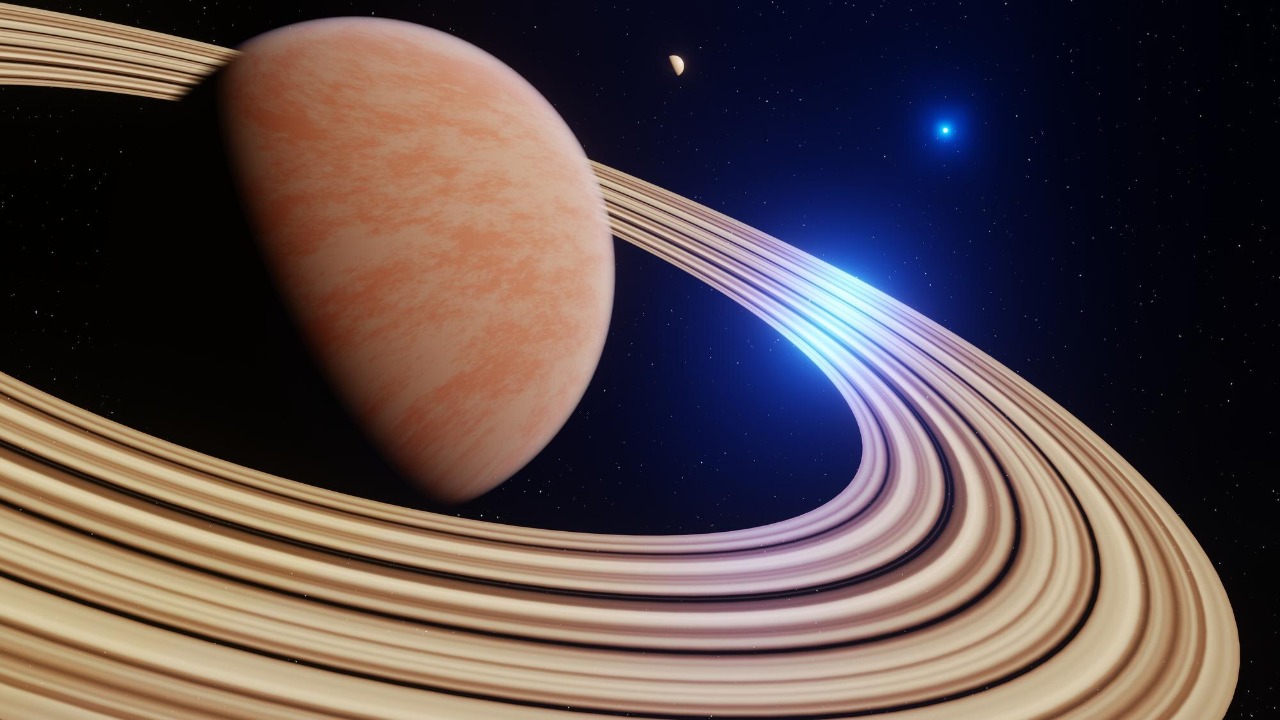
Saturn’s rings are primarily composed of ice particles mixed with smaller amounts of rock and dust. These particles range in size from tiny grains to larger chunks several meters across. The origins of these rings have long been a subject of fascination and debate among scientists. One prevailing theory suggests that the rings may have formed from the remnants of a moon or a comet that was torn apart by Saturn’s strong gravitational pull. Another theory posits that the rings are the result of leftover material from the planet’s formation that never coalesced into a moon.
The intricate structure of Saturn’s rings is divided into several distinct segments, notably the A, B, and C rings. Each of these rings exhibits unique characteristics in terms of particle size, composition, and density. For instance, the B ring is the brightest and most massive of the three, while the A and C rings contain less material and are more translucent. Understanding these differences is crucial for scientists who are studying the dynamics and evolution of the rings over time.
The Phenomenon of Ring Rain
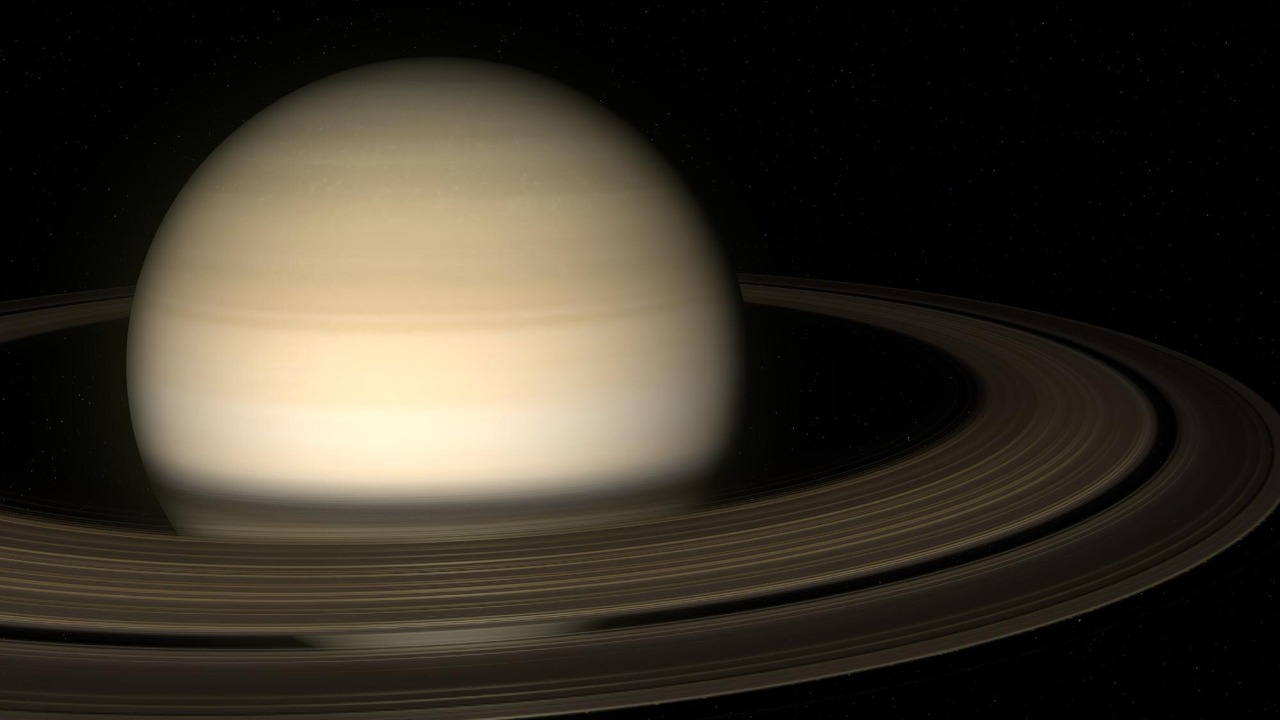
Ring rain is a process whereby material from Saturn’s rings drifts into the planet’s upper atmosphere. This phenomenon occurs due to the influence of Saturn’s magnetic field, which interacts with the charged particles in the rings, causing them to spiral inward toward the planet. As these particles enter the atmosphere, they vaporize, creating a kind of “rain” that depletes the rings over time.
The impact of ring rain on the erosion of Saturn’s rings has been significant. Recent findings from NASA indicate that the rings are disappearing at a rate far faster than previously estimated. Earlier projections suggested that the rings might last for hundreds of millions of years, but new data points to a much shorter timescale. This accelerated loss has profound implications for our understanding of Saturn’s rings and their future.
Implications of Disappearing Rings
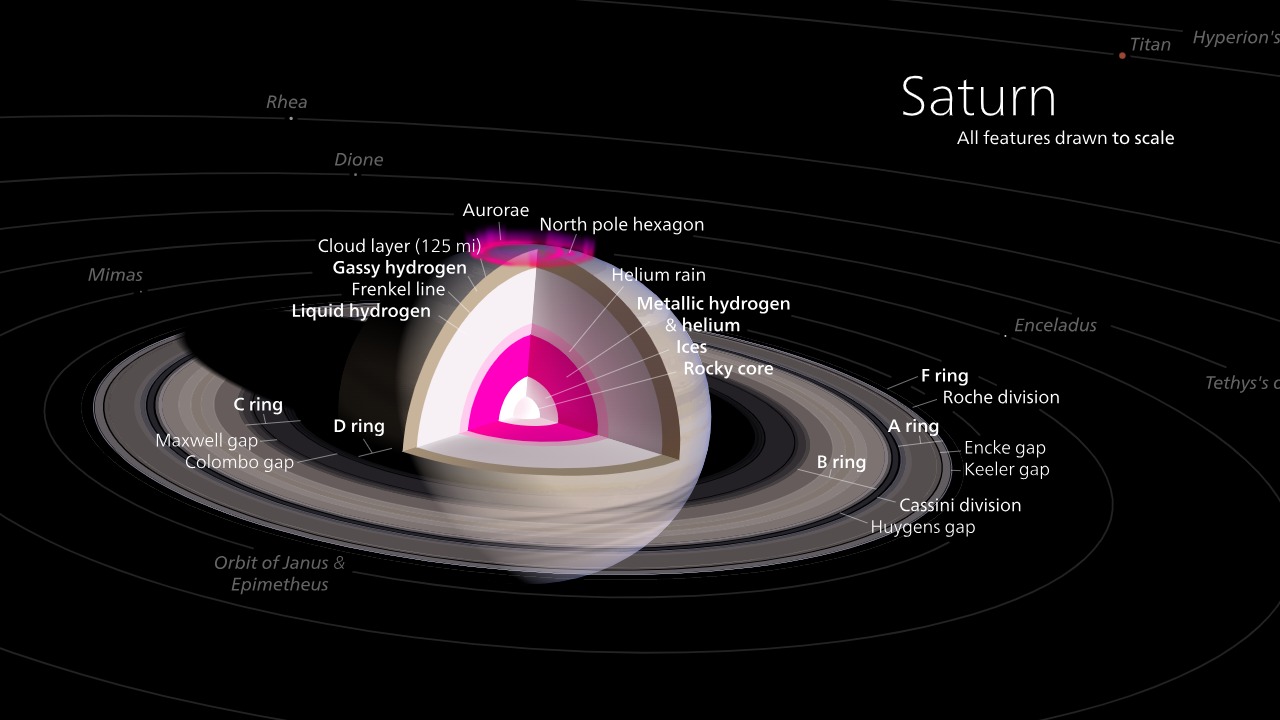
The potential disappearance of Saturn’s rings raises questions about how the planet might appear in the future. Without its rings, Saturn would look like a massive gas giant, similar to Jupiter but without the distinctive halo that has long captured the imagination of astronomers and the public alike. If current rates of erosion persist, scientists estimate that the rings might vanish completely within the next 100 million years, a brief span in cosmic terms.
Beyond the visual transformation of Saturn, the loss of its rings holds significant astrophysical importance. Studying the rings provides valuable insights into planetary formation and dynamics, helping scientists to refine models of how planets and their systems evolve. The disappearance of the rings could alter our understanding of these processes and has the potential to affect ongoing research into the solar system and beyond.
Technological and Research Advances
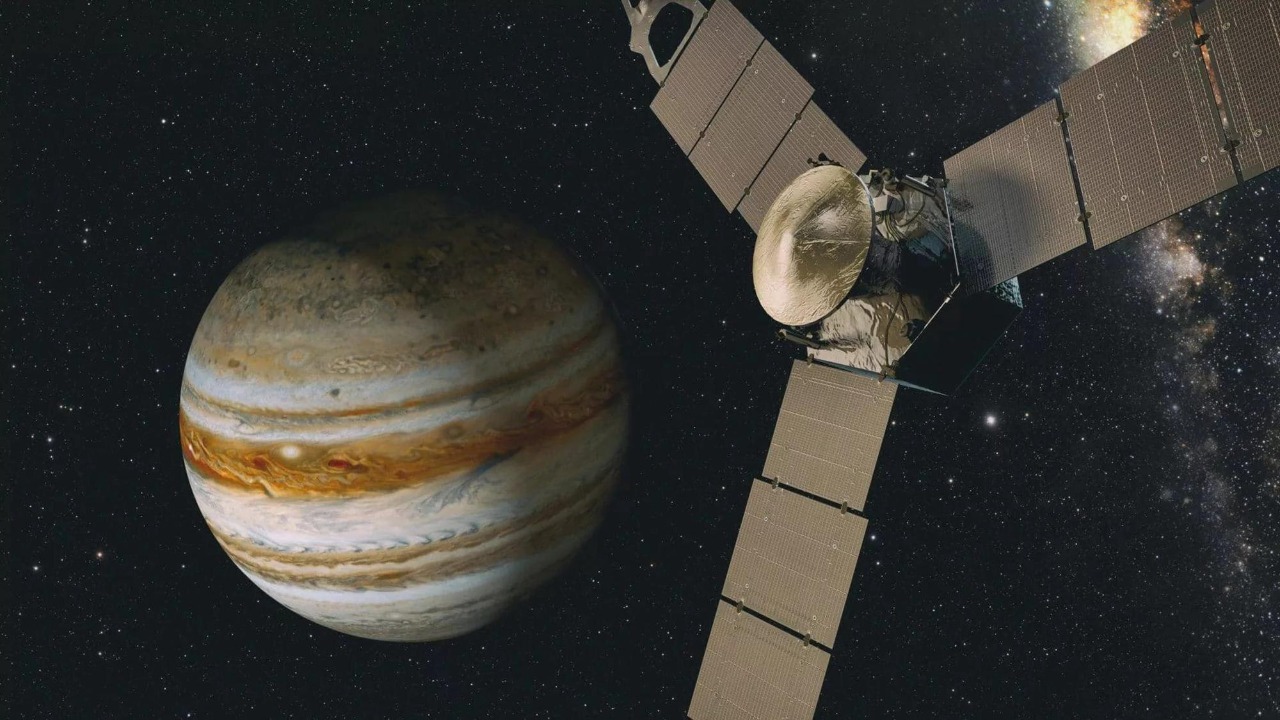
The study of Saturn’s rings has been greatly enhanced by advancements in technology and research methods. Telescopes, both earthbound and space-based, have played a crucial role in observing the rings’ structure and composition. Additionally, spacecraft missions like Cassini have provided invaluable data, offering a close-up view of the rings and their interactions with Saturn’s atmosphere and magnetic field. The Cassini mission, in particular, has been instrumental in revealing the complexities of ring dynamics and the phenomenon of ring rain.
Looking ahead, several ongoing and upcoming projects aim to further explore Saturn and its rings. These initiatives will focus on filling gaps in our current understanding, such as the precise mechanisms driving ring erosion and the potential for similar processes occurring around other planets. As our knowledge expands, so too will our ability to comprehend the broader implications of planetary rings in the solar system.
Broader Implications for the Solar System
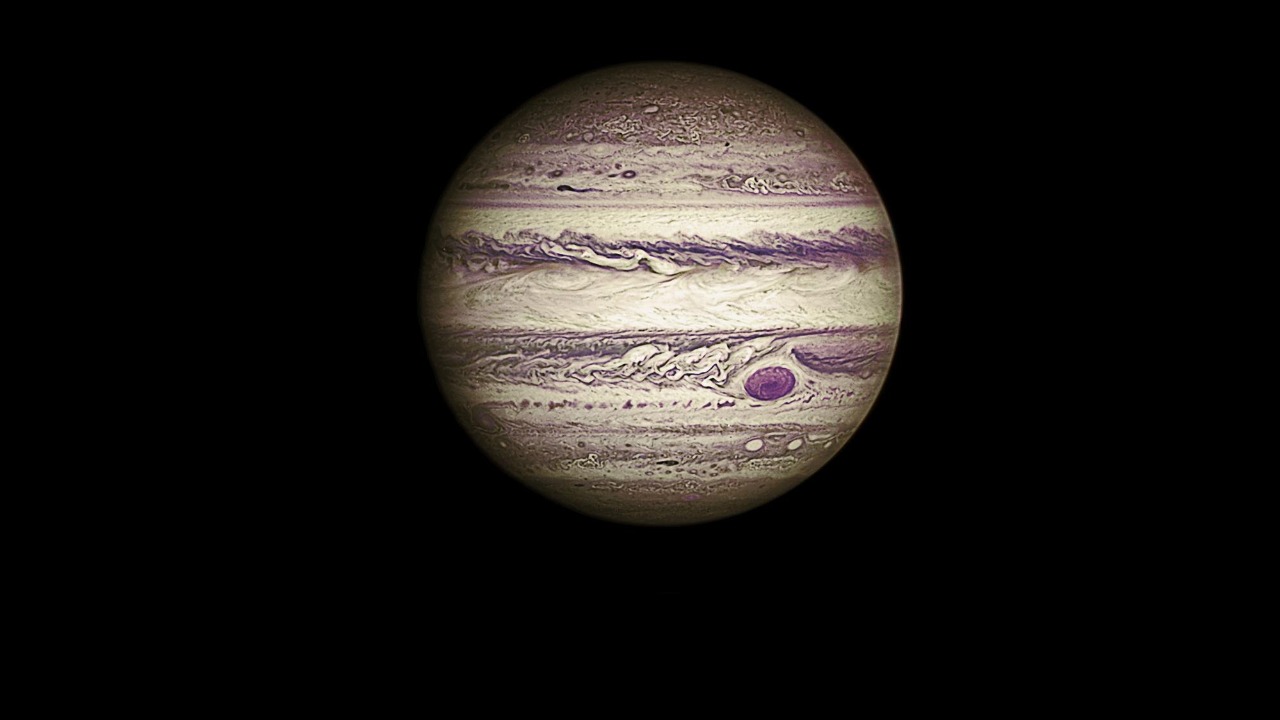
Saturn is not the only planet in our solar system with rings; Jupiter, Uranus, and Neptune also possess ring systems, albeit less prominent ones. The study of Saturn’s rings can provide valuable insights into these other ringed planets, helping scientists to determine whether similar processes of erosion and loss might be occurring elsewhere. Such comparisons are essential for developing a more comprehensive understanding of planetary ring dynamics across the solar system.
The role of planetary rings extends beyond mere aesthetics; they are fundamental to our understanding of astrophysical phenomena. By studying rings, researchers can gain insights into the processes governing planetary system evolution and the conditions that lead to the formation of rings around certain planets. This knowledge is crucial for refining theories about the formation and development of planetary systems, both in our solar system and in distant star systems.
As we continue to explore the mysteries of Saturn’s rings, the importance of these celestial features becomes ever more apparent. Their potential disappearance serves as a reminder of the dynamic and ever-changing nature of our solar system, prompting us to deepen our exploration and understanding of the universe we inhabit.